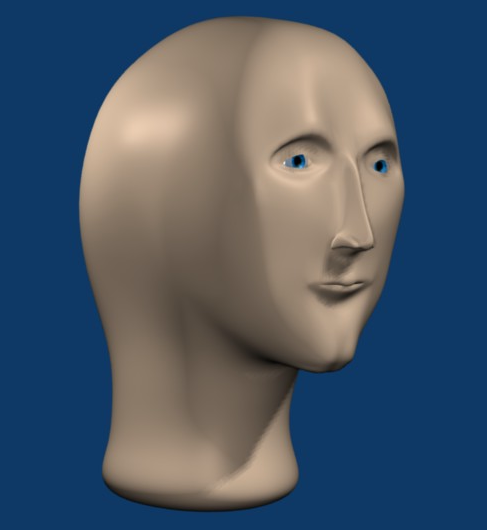I wrote a (very long) blog post about those viral math problems and am looking for feedback, especially from people who are not convinced that the problem is ambiguous.
It’s about a 30min read so thank you in advance if you really take the time to read it, but I think it’s worth it if you joined such discussions in the past, but I’m probably biased because I wrote it :)


Hi, expert here, calculators have nothing to do with it. There’s an agreed upon “Order of Operations” that we teach to kids, and there’s a mutual agreement that it’s only approximately correct. Calculators have to pick an explicit parsing algorithm, humans don’t have to and so they don’t. I don’t look to a dictionary to tell me what I mean when I speak to another human.
Thanks for putting my thoughts into words, that’s exactly why I hate math. It was supposed to be the logical one, but since it only needs to be parsed by humans it failed at even that. It’s just conventions upon conventions to the point where it’s notably different from one teacher/professor to the next.
I guess you can tell why I went into comp-sci (and also why I’m struggling there too)
No there isn’t. I’ve never seen a single Year 7-8 Maths textbook that is in the slightest bit ambiguous about it. The Distributive Law has to literally always be applied (hence why it’s a law). dotnet.social/@SmartmanApps/110819283738912144
The order of operations is not the same as the distributive law.
The first step in order of operations is solve brackets. The first step in solving unexpanded brackets is to expand them. i.e. The Distributive Law. i.e. the ONLY time The Distributive Law ISN’T part of order of operations is when there’s no unexpanded brackets in the expression.
The distributive law has nothing to do with brackets.
The distributive law can be written in PEMDAS as a(b+c) = ab + ac, or PEASMD as ab+c = (ab)+(ac). It has no relation to the notation in which it is expressed, and brackets are purely notational.
BWAHAHAHA! Ok then, what EXACTLY does it relate to, if not brackets? Note that I’m talking about The Distributive LAW - which is about expanding brackets - not the Distributive PROPERTY.
a(b+c)=(ab+ac) actually - that’s one of the common mistakes that people are making. You can’t remove brackets unless there’s only 1 term left inside, and ab+ac is 2 terms.
No, never. ab+c is 2 terms with no further simplification possible. From there all that’s left is addition (once you know what ab and c are equal to).
Yep, they’re a grouping symbol. Terms are separated by operators and joined by grouping symbols.
You are off your meds
Noted that you were unable to tell me what The Distributive Law relates to (given your claim it’s not brackets).
You are unhinged